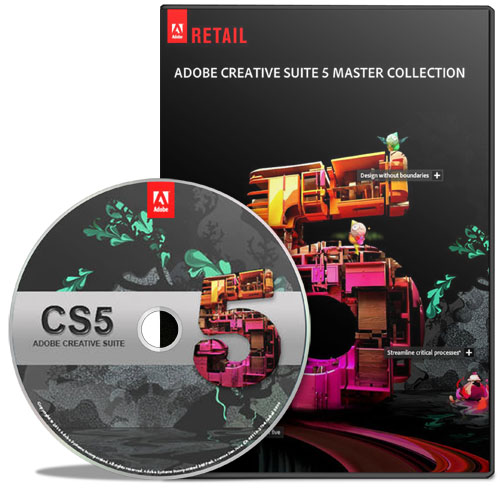

However, it wasn’t fully implemented in the beta version we tested, so our judgment has to be based on demonstrations by Adobe, which made it look quite good. It now has sliders for both Luminance and Color Noise. One of Photoshop CS5’s most important changes is in the new noise reduction algorithms in Camera RAW 6.

While the shapes remain the same (for instance, the Clone tool icon is still a rubber stamp), they’re redrawn. The other noticeable (albeit trivial) change to the interface is that the appearance of many of the toolbox icons is different.

And as before, if you need the full functionality of Bridge, just click on the BR icon, either within the Mini-Bridge palette or at the top of the screen. As with the full Bridge, you can choose different display options, depending upon what information you need or want: Thumbnails, As Filmstrip, Details, or List. Essentially, it’s a palette (or panel) within Photoshop that’s really a window onto Bridge, allowing full access to all your image files without having to leave Photoshop. The most significant workflow improvement to the interface is the introduction of Mini-Bridge. What’s more, if you make changes to any Workspace (such as Photography) and then switch to another (such as Painting), when you return to Photography, those changes will be retained. Instead, it is always immediately available at the top of the screen to the right of the Ribbon Bar. For instance, the revamped Workspace switcher is no longer buried in the Window drop-down menu. Photoshop CS5’s interface remains comfortably familiar, though slightly changed–and more efficient to use. Interface: Everything Is Where It Should Be… Plus More


 0 kommentar(er)
0 kommentar(er)
